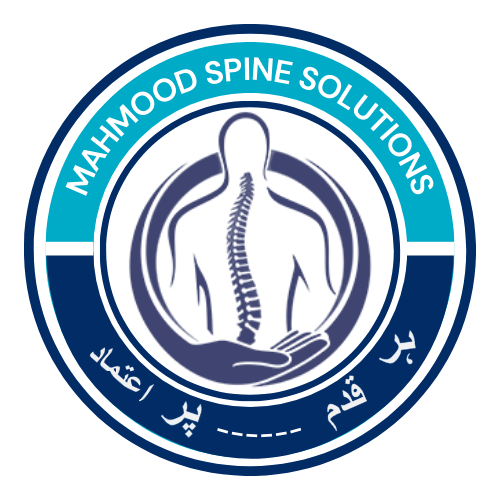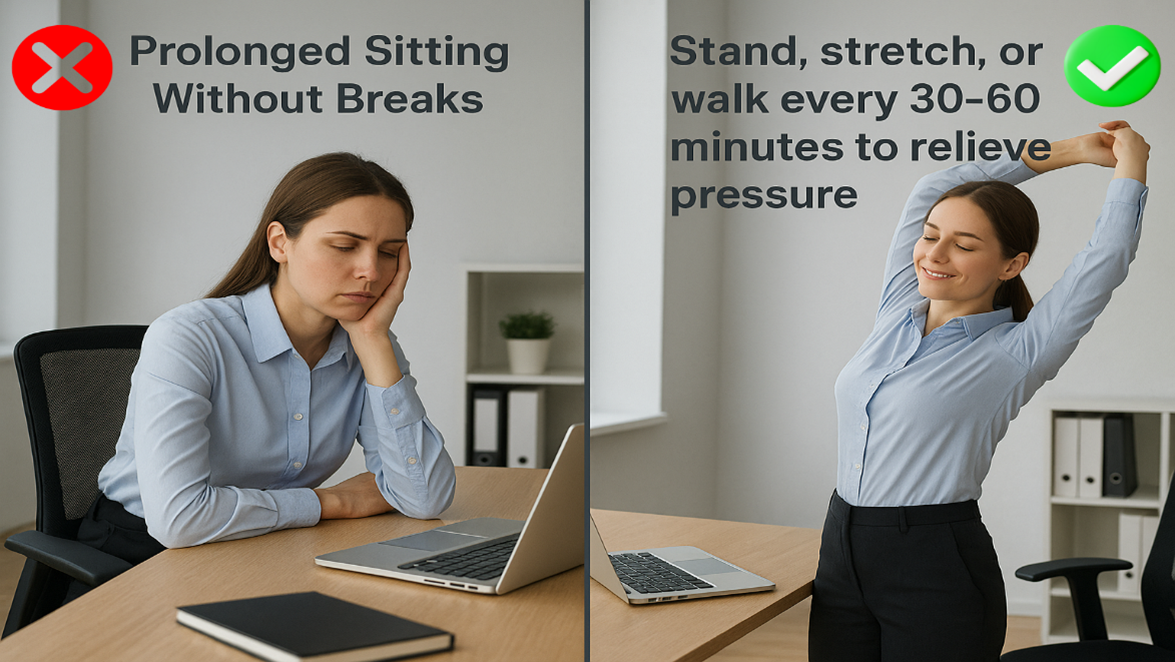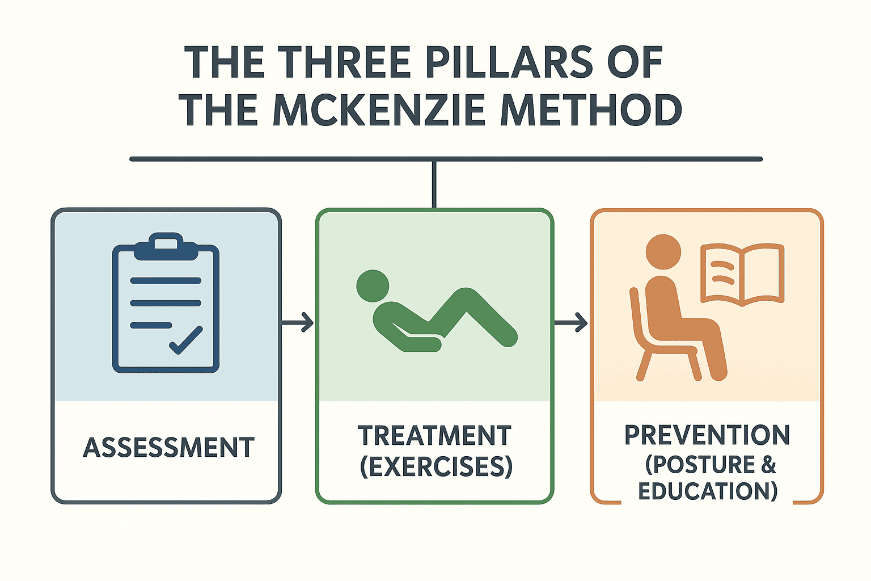Introduction The lumbar spine is a critical structure responsible for maintaining posture, facilitating movement, and bearing mechanical loads during daily activities. One frequently overlooked factor in spinal health is toileting posture. Two major types of toilets are used worldwide: traditional…
Many people think of sunlight as something that simply brightens the day — but for your spine, morning sunlight acts almost like a daily nutrient. The gentle rays that reach you in the early hours play a powerful role in…
Introduction The thoracic spine forms the structural foundation of the rib cage and plays a crucial role in respiratory mechanics. Although breathing is often viewed as an automatic function driven by the diaphragm, the mobility of the thoracic spine significantly…
Early diagnosis plays a vital role in determining the success of spinal surgery. Many spine-related conditions—such as herniated discs, spinal stenosis, scoliosis, and degenerative disc disease—progress gradually. When these issues are detected at an early stage, patients not only experience…
Your spine works tirelessly every day to support your body, enable movement, and protect your nervous system. However, certain unconscious habits can gradually strain it, leading to discomfort, poor posture, and even chronic issues. Prolonged Sitting Without Breaks: Spending hours…
Spending extended periods behind the wheel places significant stress on the spine due to a combination of posture, vibrations, and restricted movement. The spine is designed for mobility and balanced load distribution, but prolonged driving often disrupts this natural…
Cycling is often celebrated for its cardiovascular benefits, but its positive effects on spine health are just as important. Whether used as a daily commute, a recreational activity, or a structured fitness routine, cycling can contribute to maintaining…
Harmful Effects & Hazards: Bone Health & Osteoporosis: Excess caffeine increases calcium excretion through urine, leading to reduced calcium absorption. Over time, this weakens bones, increasing the risk of osteoporosis, vertebral fractures, and spinal deformities. Joint & Muscle…
Sleeping habits play a significant role in spinal health, muscle relaxation, and overall quality of rest. One of the most debated sleep topics is whether it’s better to sleep with or without a pillow. While pillows are designed to support…
Impact of the McKenzie Method on Lumbar Disc Herniation Introduction: Lumbar disc herniation is a leading cause of lower back and leg pain, often resulting from the displacement of the disc’s inner material, the nucleus pulposus, through the outer fibrous…










